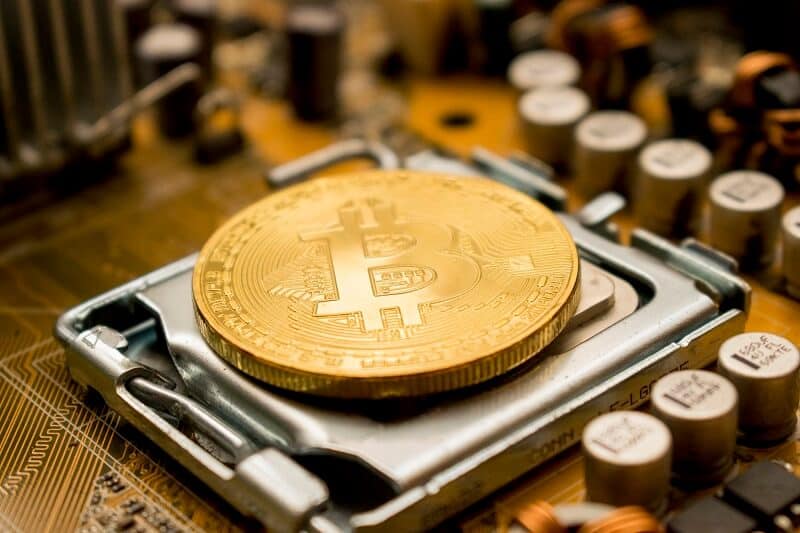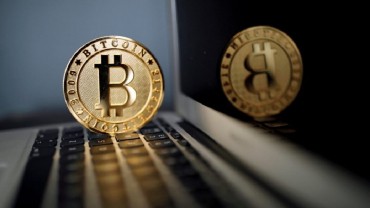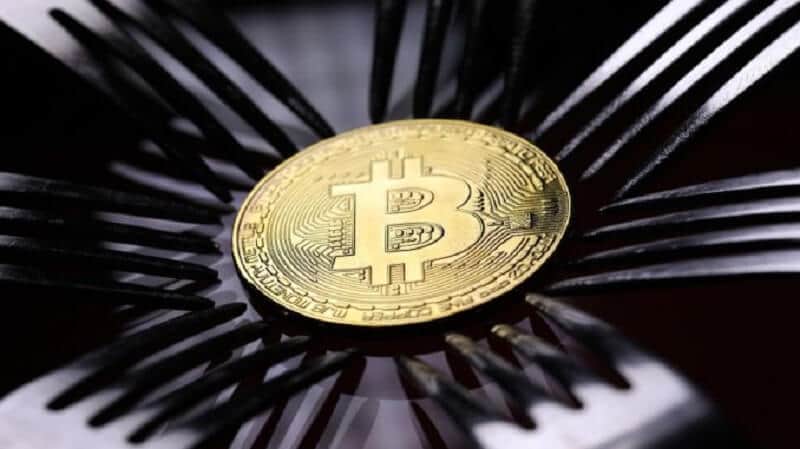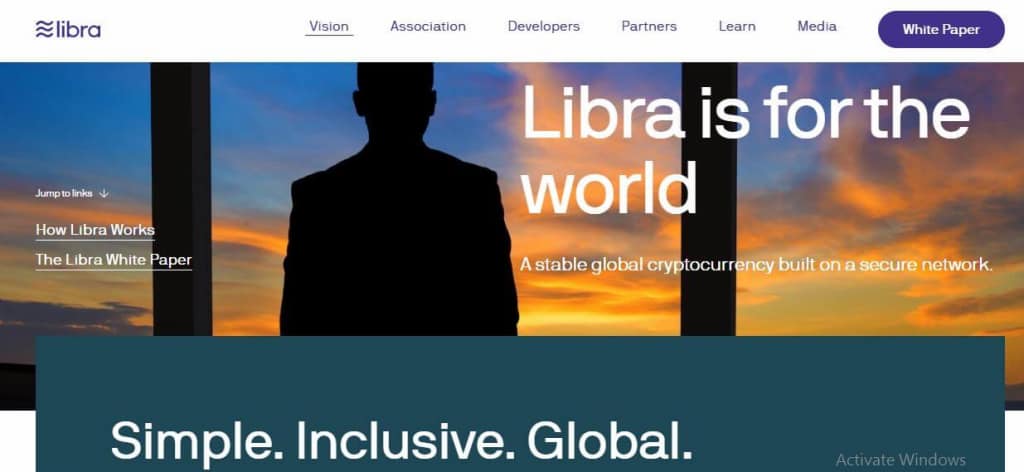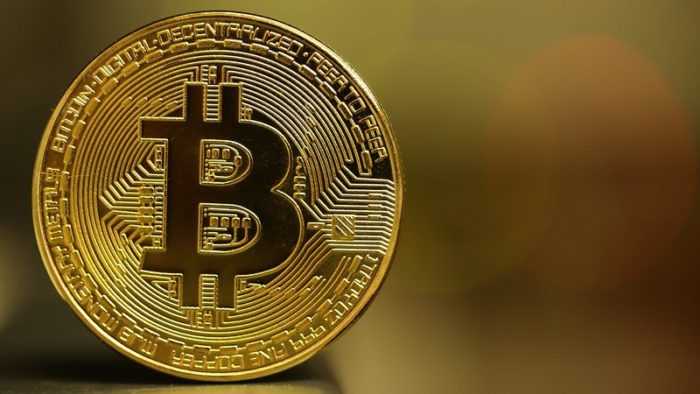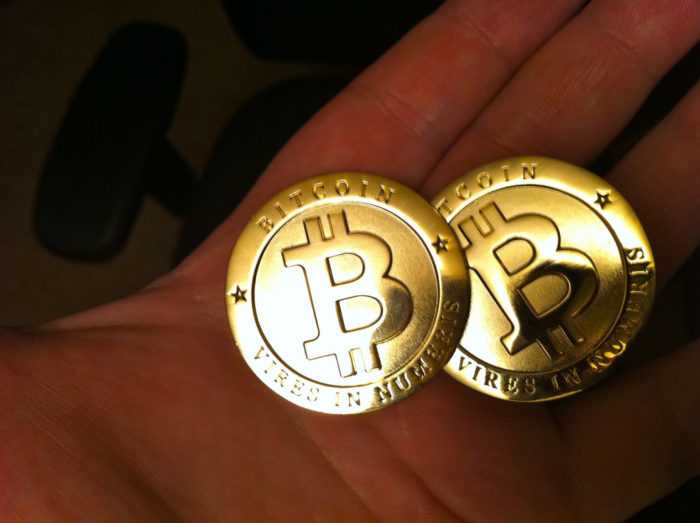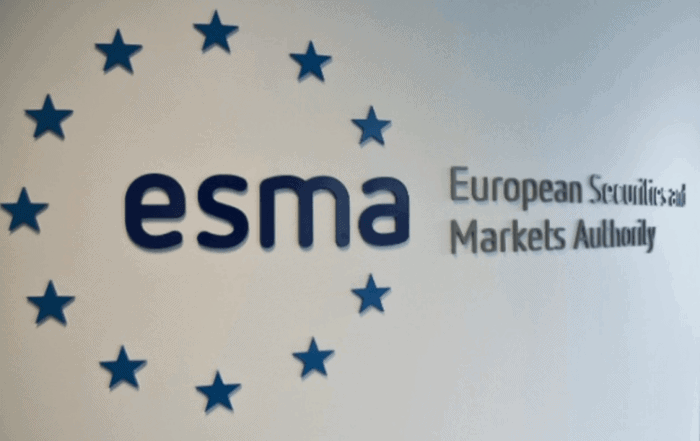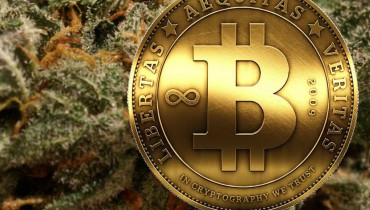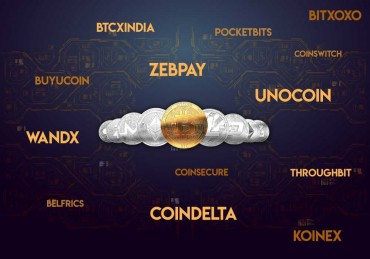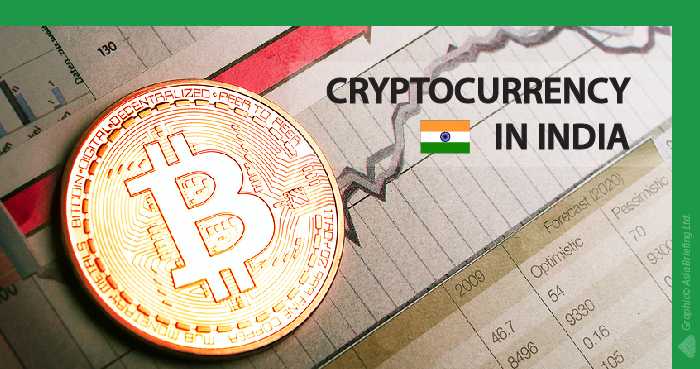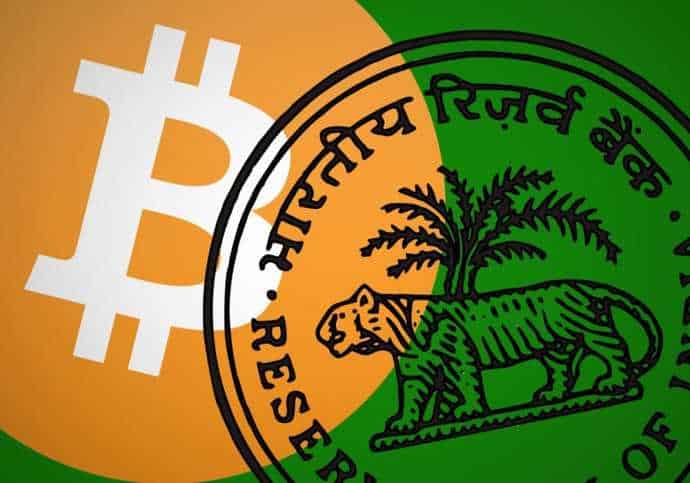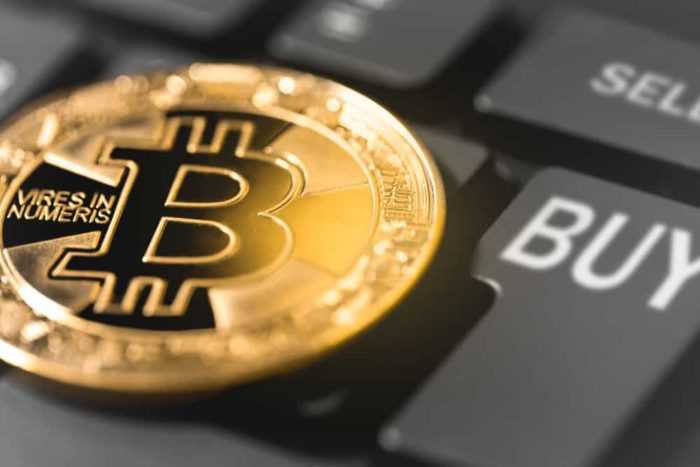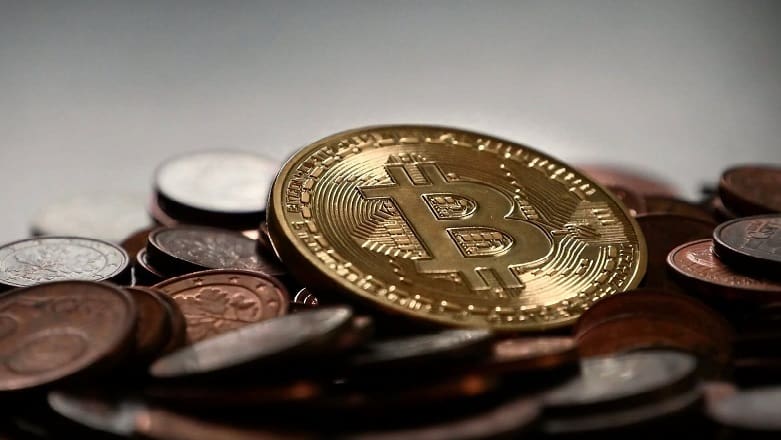
This topic is a small semantic game with words. But it seems to be a serious business.
I want to be a clear, cannabis business is serious business.
Marijuana is a commodity, and commodities markets are subject to boom and bust, amazing and caught.
Canadian marijuana company Aurora Cannabis Inc.’s shares rose about 4% Thursday, October 18, after it said shares have been approved for trading on the New York Stock Exchange starting October 23. Even earlier, the hype around cannabis stocks was catching up to the crypto craze.
There’s a huge new trend that is sweeping the investment world. The rise in the legalization of marijuana caused the development of a new investment opportunity. Cannabis Shares, for example, allows investors to buy shares in many legal cannabis-based projects, including the sale of cannabis itself, or products of cannabis.
Merida Captial Partners, a New York investment firm, said its cannabis fund had been approached by around 50 cryptocurrency investors. “They are looking at cannabis and crypto as an emerging sector,” said Merida managing partner Mitch Baruchowitz, “they might not be connected as industries but they are seen as outside the traditional investment field. High risk and high reward.”
On the market, the stock ACB ( Aurora Cannabis Inc.), +1.40% ACB, +1.40%, will trade under the ticker symbol “ACB”. The shares are also traded on the Toronto Stock Exchange. This news came one day after Canada fully legalized cannabis for adult recreational use, the first G-7 country to do so, and only the second in the world to do so after Uruguay.
Canada changes the world following the passage of the Cannabis Act on June 19.
Which country first legalize recreational marijuana?
Canada became the first industrialized country in the world to legalize recreational marijuana.
In the process, it opens the door to possibly $5 billion in added annual sales. This industry is already generating from domestic medical weed and exports to foreign countries where medicinal cannabis has been given the green light.
Finance barons like to turn any commodity into an investment opportunity. This move was inevitable with the international changes in cannabis legislation. But, many are willing to see similarities between cannabis shares and cryptocurrencies. And they starting to worry that the cannabis industry could wipe out the need for crypto-investment.
Within the stock market, no asset class has been hotter than pot stocks over the past few years. Many of the largest marijuana stocks by market cap have doubled or tripled in value over the past year, and are up by more than 1,000% over the trailing two-year period.
Why cannabis stocks are so interesting?
The fundamental lure of marijuana stocks is its impressive sales growth potential. ArcView, a leading cannabis research firm, suggests that North American legal weed sales could grow by 28% between 2018 and 2021. That would lead to almost $25 billion in annual legal cannabis sales.
And the public all over the world is in favor of marijuana legalization. All major marijuana polls demonstrate strong favorability toward legalization.
All six-pot stocks have enjoyed outsized gains in the last few months as Canada legalization appears. These pot stocks generate quarterly and annual profit: Aurora Cannabis Inc. ACB, +1.40% , Cronos Group Inc. CRON, +0.66% was up 3.8%, Canopy Growth Corp. CGC, -3.51% WEED, -2.77% was up 2.1% and Tilray Inc. TLRY, +2.89% was up 3.2%. GW Pharmaceuticals Plc GWPH, -1.30% was down 0.7% and Aphria Health Inc. APH, +0.26% was up about 2%.
Why people love cannabis stocks?
Tilray is a Canadian cannabis firm, one that announced in September that they traded around $6.5 billion worth of shares on United States exchanges, at the same period Amazon, traded around $7.6 billion on the same exchanges. Amazon has a stock 47 times the size of Tilray, therefore, we can truly appreciate the full scale of this as an investment opportunity.
Some skepticists are suggesting that the crypto craze is coming to an end, but we know that this isn’t the case. Markets are stagnant because of a transition period. Frankly, they should know that the crypto craze hasn’t yet begun. Cannabis shares are more like traditional commodities and traditional stocks, therefore they are more attractive to a high level and institutional investors. Because institutions are investing in them, the level of cash flowing into Cannabis shares is such. Cryptocurrency has not yet penetrated the mainstream and therefore, there can’t be a threat from Cannabis Shares.
Investment advice website. Proactive Investors has started a dedicated Telegram channel for investors interested in cryptocurrency, the blockchain, and cannabis. The SEC stated: “Fraudsters may try to use media coverage about the legalization of marijuana to promote an investment scam.”
On the social messaging app Telegram, some cryptocurrency forums, where users trade investing tips and advice on the anonymous network, have now turned their attention to shares in cannabis growers.
Cannabis Stocks vs Bitcoin
Why should anybody go to think that individual and personal Cannabis Shares investors, couldn’t also invest in cryptocurrencies as both are new and exciting ventures? Overall, it’s not fair to compare the two. They aren’t a threat to each other. A lot of investments can exist side by side. Because Cannabis Shares are big and popular for many reasons, it doesn’t mean people will stop investing in Bitcoin. Yes, their attention may be rerouted, but this will constantly change.
“Crypto traders I know are getting into pot stocks,” Jeffrey Van de Leemput, founder of investing-education platform Cryptocampus, said in a message, reported Bloomberg. “But I don’t know if that’s a pattern or just coincidence.”
Who’s been behind the buying of pot stocks? I have a hunch that its investors tend to be young. It’s the millennials.
There is the potential for marijuana to be traded as a commodity, similar to how corn and other agricultural products are now bought and sold, or as asset-based security, similar to the way mortgages have long been bundled and sold to investors. Who knows, the cannabis futures market might be the largest futures market in the world.
But Bitcoin has no plan to become mainstream on the market, it isn’t in its nature.
Going in bitcoin’s favor, retail investors predominantly control the show. The most bitcoin trading occurs on decentralized cryptocurrency exchanges, and institutional investors usually want nothing to do with these decentralized exchanges, bitcoin is driven by the emotions of retail investors, rather than by fundamental reason. And emotions can be the most powerful tool in pushing Bitcoin’s valuations higher.
Which investment should you buy with your last $50? Cryptocurrency or marijuana stock? Both of these investment opportunities are like a plane, they are getting everyone on board and they are ready to fly with or without you.
